Spot is a dynamic and highly versatile quadrupedal robot developed by Boston Dynamics. Designed to navigate through challenging terrains, Spot is equipped with advanced AI systems, LIDAR, cameras, and sensors, enabling it to operate autonomously or under remote control. Whether it’s climbing stairs, traversing rocky terrain, or navigating industrial sites, Spot can adapt to various environments with ease. Its rugged mobility, high payload capacity, and ability to perform specialized tasks make it a valuable tool for industrial, inspection, and research purposes. With Spot, Boston Dynamics has set a new benchmark for robotics, paving the way for robots that can assist in hazardous and complex environments where traditional robots or human workers may be at risk.
Boston Dynamics, founded in 1992 as a spin-off from the Massachusetts Institute of Technology (MIT), is a leading robotics company specializing in mobile robots with advanced dynamic control and mobility. Spot is one of the company’s flagship robots, showcasing its expertise in building robots capable of performing complex tasks in real-world environments. The development of Spot involved contributions from engineers, scientists, and roboticists at Boston Dynamics who leveraged decades of research in robotics, AI, and biomechanics to create a robot that pushes the limits of what’s possible in autonomous mobility.
- Manufacturer: Boston Dynamics
- Year of Development: 2015 (commercial release in 2020)
- Industry: Robotics, Industrial Automation, and Artificial Intelligence
- Dimensions:
- Height: 84 cm (33 inches)
- Length: 1.2 m (47 inches)
- Width: 0.6 m (23.6 inches)
- Weight: 25 kg (55 lbs)
- Mobility:
- Fully quadrupedal, capable of walking, running, and navigating rugged terrains
- Maximum speed: 1.6 m/s (3.5 mph)
- Dynamic stability for maintaining balance even in challenging environments
- Sensors:
- Stereo cameras for vision and navigation
- LIDAR for 360-degree obstacle detection and terrain mapping
- IMU (Inertial Measurement Unit) for maintaining balance and orientation
- Sensors for precise force feedback, enabling delicate interactions with objects
- Power Source:
- Rechargeable lithium-ion battery
- Up to 90 minutes of operation depending on task complexity and terrain
- Actuation System:
- Hydraulic actuators for leg movements allowing natural walking, running, and climbing
- High torque for lifting and carrying payloads
- Connectivity:
- Remote control via wireless network
- APIs available for autonomous programming and customization of tasks
- Payload Capacity:
- Can carry up to 14 kg (30 lbs)
- Weather Resistance:
- IP54 rating for protection against dust and water splashes
Features
- Advanced Mobility: Spot is capable of navigating various terrains, including stairs, slopes, rough surfaces, and obstacles. Its four-legged design provides superior stability and flexibility compared to traditional wheeled robots.
- Autonomous Navigation: Equipped with cameras, LIDAR, and advanced AI, Spot can autonomously navigate environments, avoid obstacles, and perform tasks without human intervention.
- Remote Control: Spot can be manually operated via remote control, providing users with complete control in complex environments.
- Payload Capacity: Capable of carrying equipment, sensors, or payloads up to 14 kg (30 lbs), Spot is often used in industrial inspections, surveillance, and research.
- Multiple Use Cases: Used for industrial inspections, remote monitoring, surveying dangerous environments, and as a delivery robot for specific tasks in facilities.
- Modular Design: Spot can be equipped with various accessories, including cameras, sensors, or even robotic arms for specific tasks.
- Real-Time Data Collection: Spot is equipped to collect and analyze real-time data, which is transmitted to operators for further analysis or immediate action.
- Adaptability: The robot can be customized for various industries, from construction and manufacturing to healthcare, offering versatile applications.

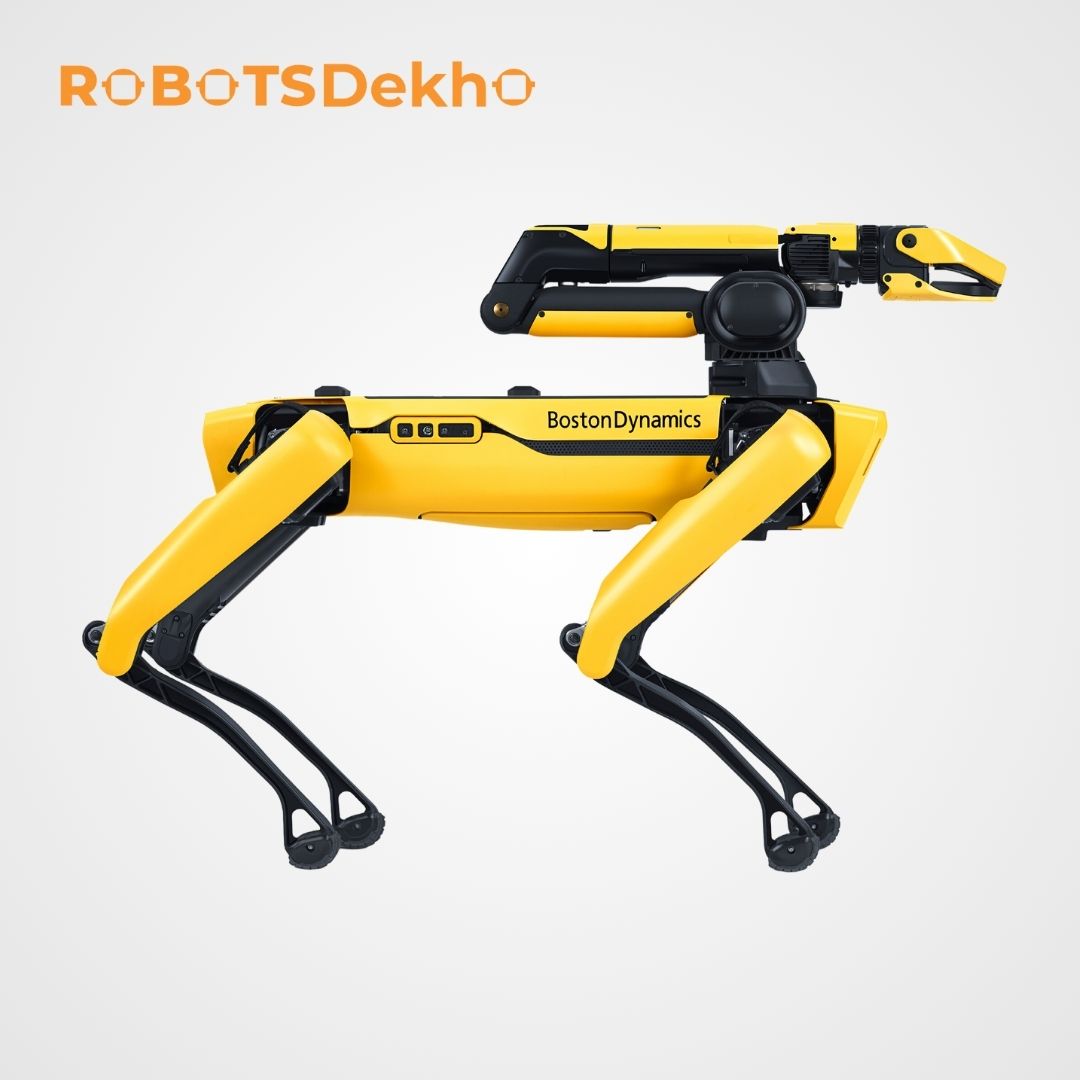
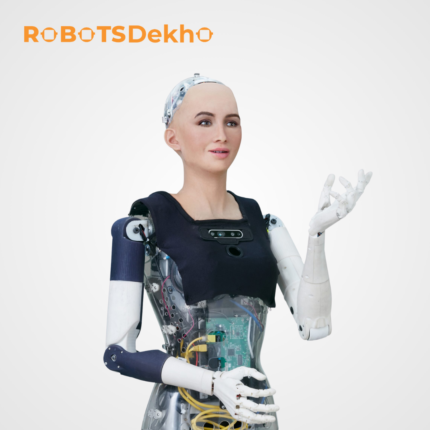
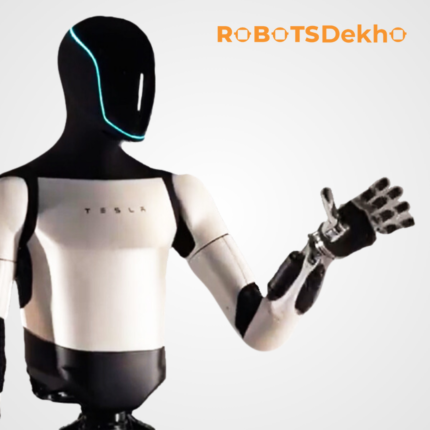
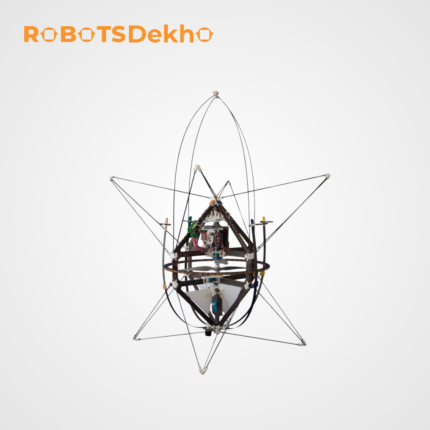
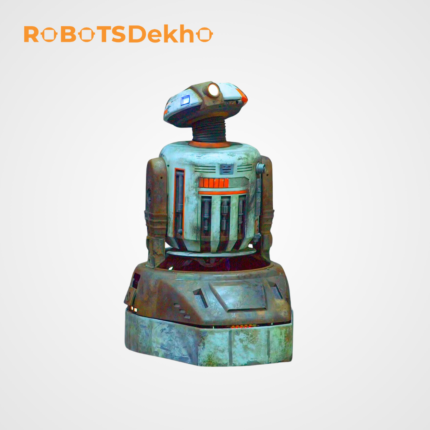
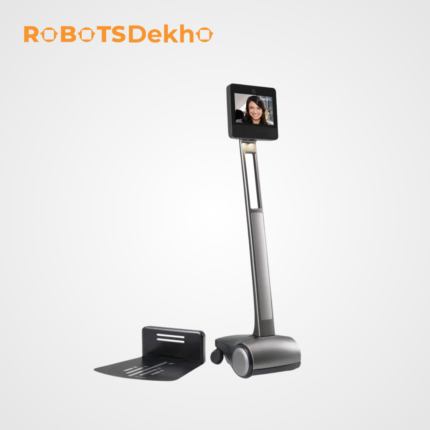
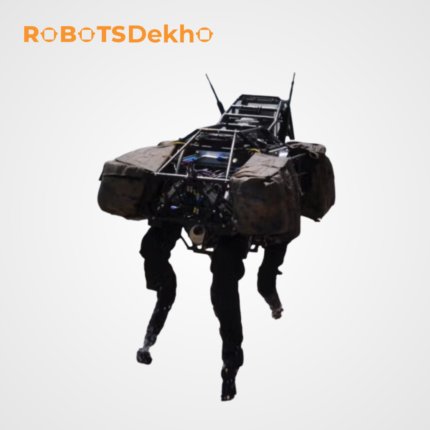
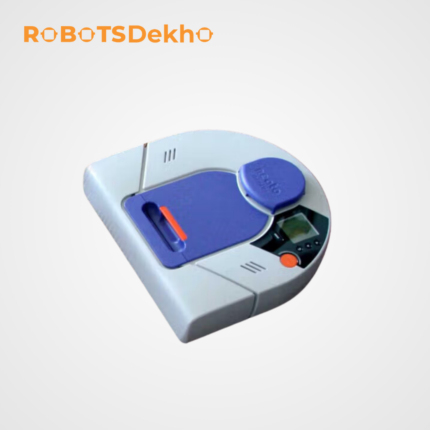
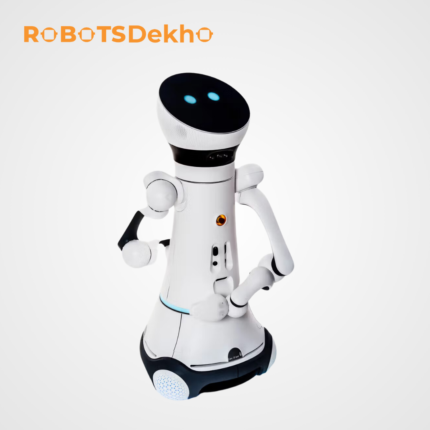
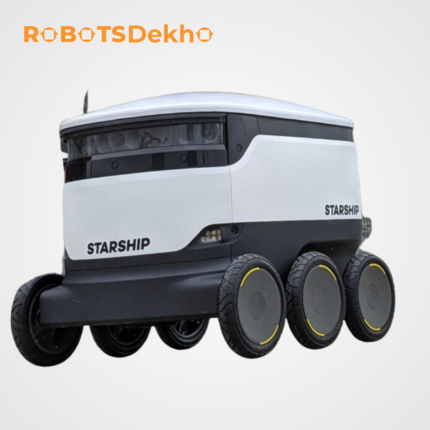
Reviews
There are no reviews yet.